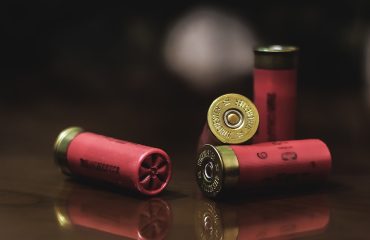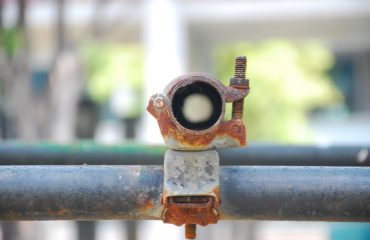Equal angle bars, also known as equal leg angles, are versatile structural components used extensively in various industries. Their simple yet robust design, coupled with their ease of fabrication and connection, makes them a cost-effective and reliable solution for a wide range of applications. This comprehensive guide will delve into the world of equal angle bars, exploring their properties, uses, and selection criteria.
Understanding the Properties of Equal Angle Bars
Equal angle bars are characterized by their L-shape, with two legs of equal length meeting at a right angle. They are typically manufactured from various materials, including mild steel, stainless steel, and aluminum. The choice of material depends on the specific application and required properties. Steel equal angle bars are common due to their high strength-to-weight ratio and cost-effectiveness. Stainless steel offers superior corrosion resistance, making it ideal for outdoor or marine environments. Aluminum equal angle bars are lightweight and corrosion-resistant, suitable for applications where weight reduction is crucial. Key properties to consider include:
- Yield Strength: Indicates the stress at which the material begins to deform plastically.
- Tensile Strength: Represents the maximum stress the material can withstand before fracturing.
- Ductility: Measures the material’s ability to deform before breaking.
- Hardness: Indicates the material’s resistance to indentation or scratching.
- Dimensions: Equal angle bars are specified by their leg length and thickness.
Diverse Applications of Equal Angle Bars in Construction
In the construction industry, equal angle bars find widespread use as structural supports, bracing elements, and framing components. They are commonly used in:
- Building Frames: Providing support for walls, roofs, and floors.
- Steel Structures: Reinforcing beams, columns, and trusses.
- Stair Construction: Forming the supporting structure for stairs and railings.
- Fencing and Gates: Creating strong and durable frames.
- Scaffolding: Providing temporary support during construction.
Their ability to be easily welded, bolted, or riveted makes them highly adaptable to various construction techniques.
Manufacturing Processes and Quality Control
Equal angle bars are typically manufactured through hot-rolling or cold-rolling processes. Hot-rolling involves shaping the steel at high temperatures, resulting in a stronger and more durable product. Cold-rolling offers greater dimensional accuracy and a smoother surface finish. Rigorous quality control measures are implemented throughout the manufacturing process to ensure that the final product meets specified standards. These measures include:
- Chemical Composition Analysis: Verifying the material meets the required specifications.
- Dimensional Inspection: Ensuring accuracy in the dimensions of the angle bar.
- Mechanical Testing: Evaluating the yield strength, tensile strength, and other mechanical properties.
- Surface Inspection: Checking for defects such as cracks, pits, or surface imperfections.
Advantages of Using Equal Angle Bars
The popularity of equal angle bars stems from several key advantages:
- High Strength-to-Weight Ratio: They offer excellent strength relative to their weight, making them efficient structural components.
- Versatility: Suitable for a wide range of applications and connection methods.
- Cost-Effectiveness: Generally more economical than other structural shapes.
- Easy Fabrication: Can be easily cut, welded, drilled, and bolted.
- Wide Availability: Readily available in various sizes and materials from numerous suppliers.
Selecting the Right Equal Angle Bar for Your Project
Choosing the appropriate equal angle bar requires careful consideration of several factors:
- Material: Select the material based on the application’s requirements for strength, corrosion resistance, and weight.
- Dimensions: The leg length and thickness should be chosen to meet the load-bearing requirements.
- Surface Finish: Consider the desired surface finish for aesthetics and corrosion protection.
- Tolerances: Specify the acceptable dimensional tolerances to ensure compatibility with other components.
- Standards and Codes: Ensure compliance with relevant industry standards and building codes.
Consulting with a structural engineer is recommended for complex projects to ensure the proper selection and application of equal angle bars.
Equal angle bars are indispensable components in various industries, offering a robust and versatile solution for a multitude of structural applications. Understanding their properties, applications, and selection criteria is crucial for engineers, fabricators, and anyone involved in projects requiring these essential structural elements.




